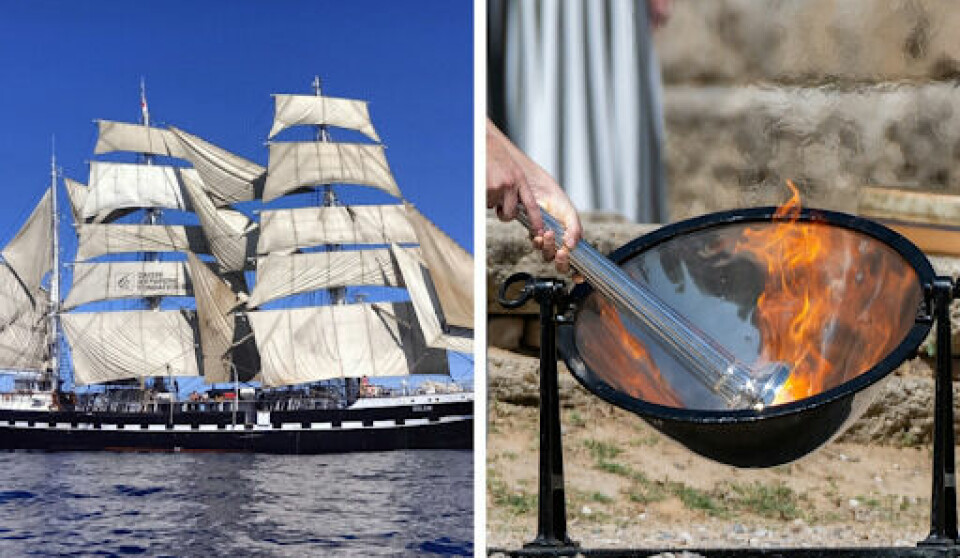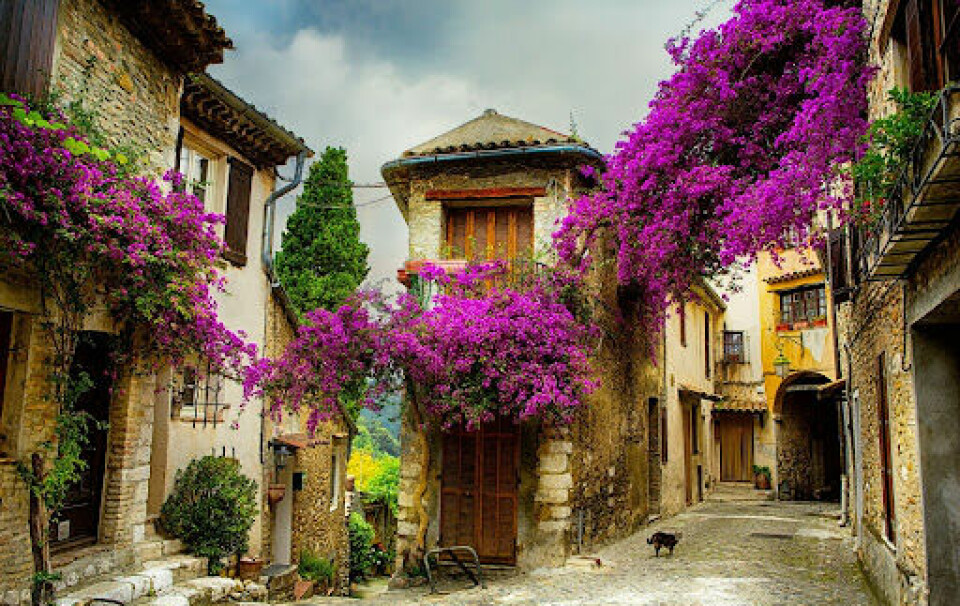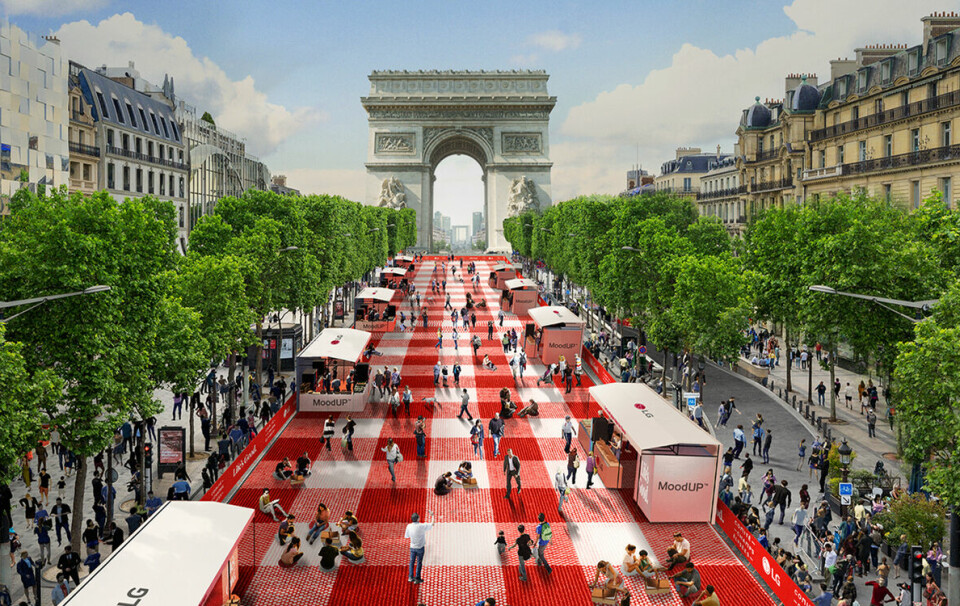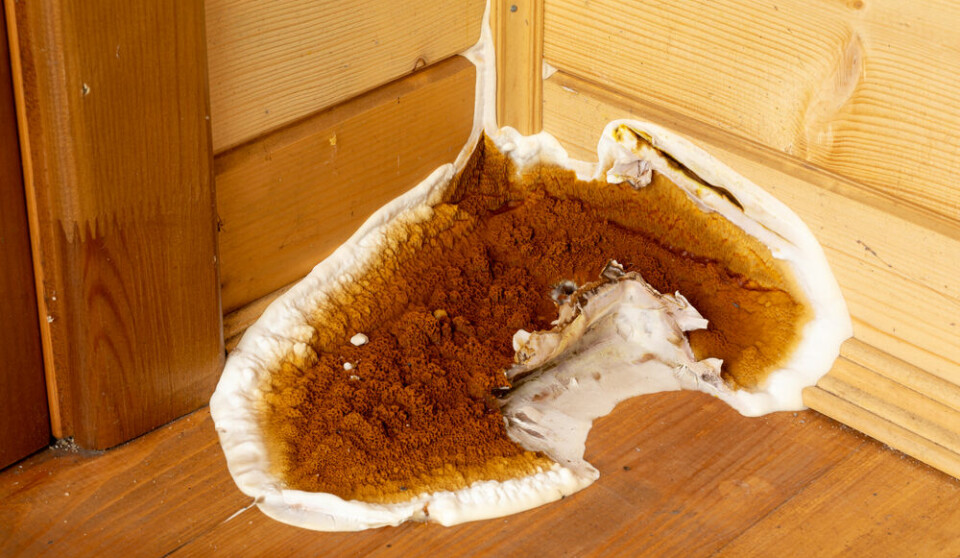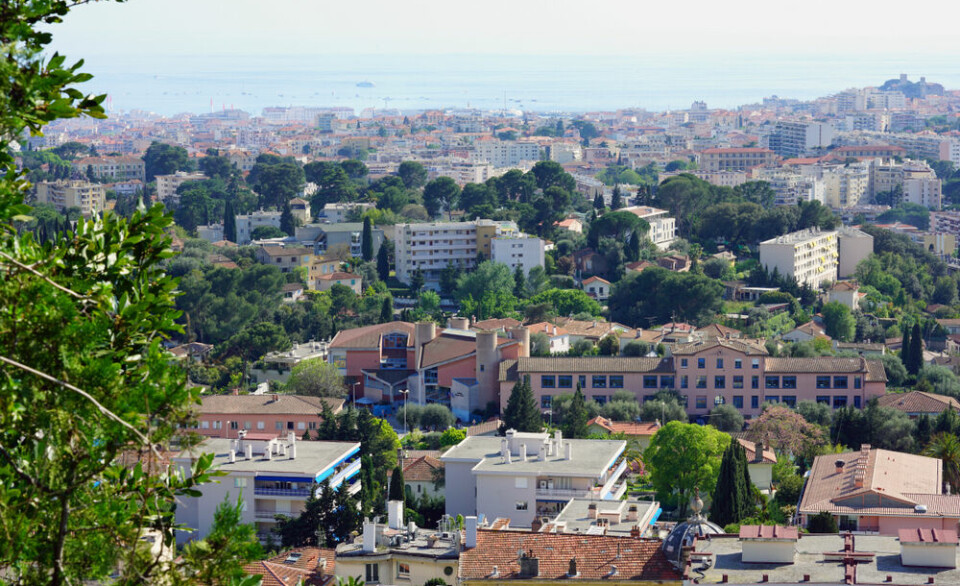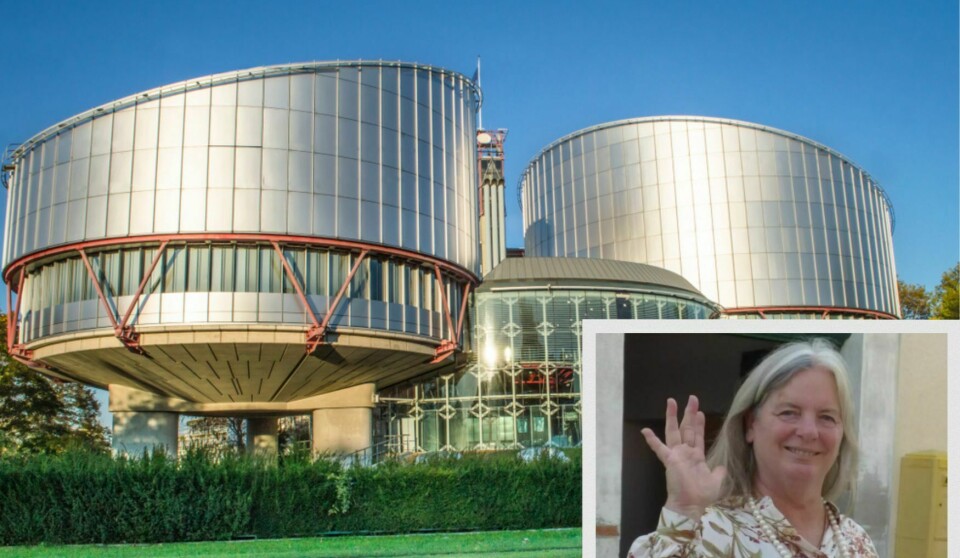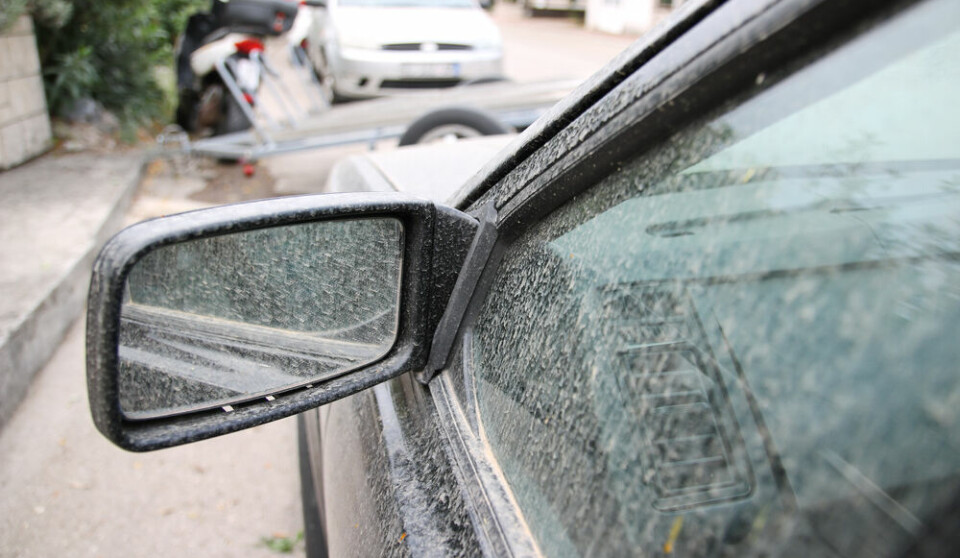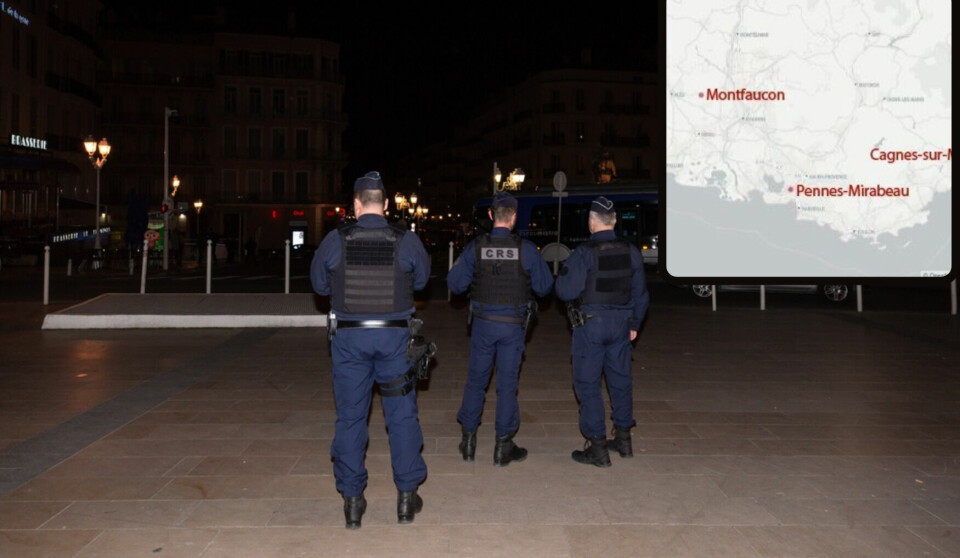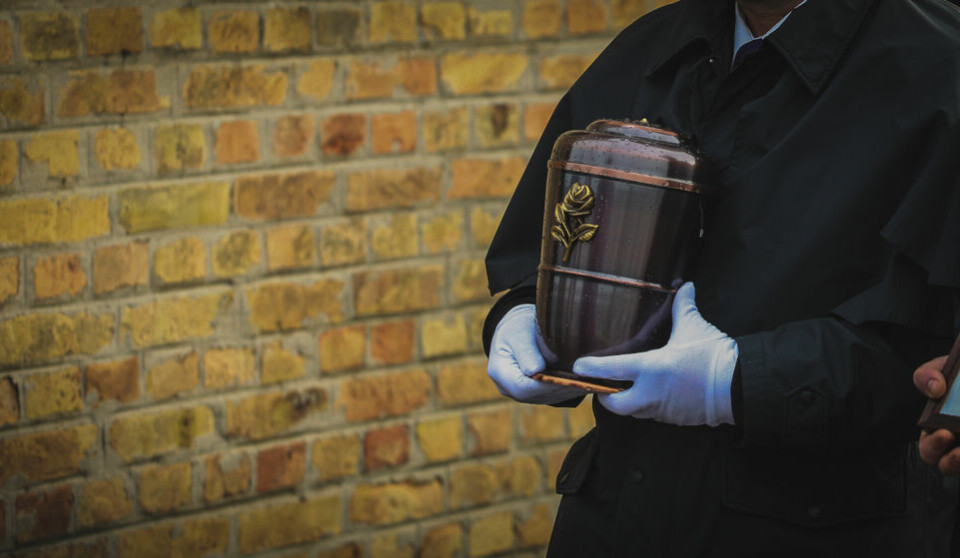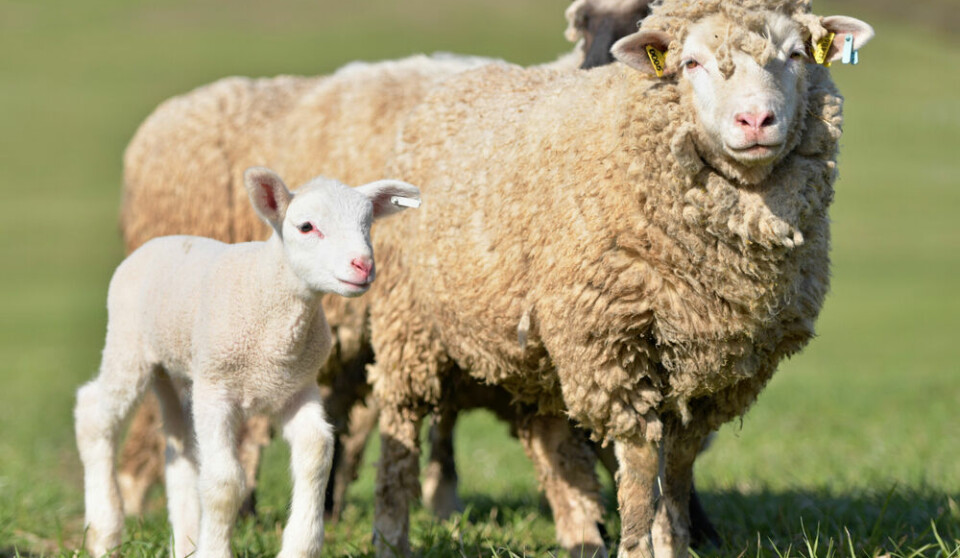-
Paris hospital dog trial goes from strength to strength
An English setter rescue dog at one of the world’s top cancer hospitals in Paris has been described as “a bubble of oxygen”
-
PHOTOS: Olympic Flame to travel to France on beautiful historic ship
The 127-year-old ship sets sail on Saturday with ‘the most important passenger it has ever carried’
-
Phone scams, gardening, insurance claims: 5 French practical updates
Our roundup of recent practical articles you may have missed
Memory of war lives on in forest flowers
The Argonne forest near the Belgian border is home to certain colourful little flowers usually only found in America – they were brought over accidentally by troops in the First World War.

American soldiers have been visiting to see them and walk in the footsteps of their forebears, as part of the commemorations of 100 years since the armistice.
Forester Damien Georges of the Office National des Forêts said they found it moving to see the flowers. “It’s part of their history that no-one paid attention to before,” he said. “In the days when we had visits from veterans of the war we spoke of the men, not of these little flowers, but now it’s all part of the archaeology of the area and we can speak of the mutilated trees, traces left in the forest of the war – and the flowers.”
He added: “They came in hay. In 1917-18 Americans brought 62,000 horses and mules to pull carts and canons, even though there were already motorised trucks, and ten tons of food per animal.”
Flowers started to spring up once the forest began to be actively managed again in the 1980s after being left alone to recover from the war damage, Mr Georges said.
Now the ONF has created a plantation of them. Known as plantes obsidionales [technical term for non-native plants brought over due to war], they include blue-eyed grass and Canada goldenrod, with blue and yellow flowers, and two non-flowering carex grassy plants that are also typically American.
Among the visitors this summer were soldiers of the First Infantry Division, known as the Big Red One, America’s oldest regular army division, which first served in 1917. “They were General Pershing’s division and the first to arrive in France.
They freed my village and surrounding ones between October 4-10, 1917. They lost 1,790 people and more than 7,000 were injured,” said Mr Georges.
“We have taken the opportunity of the commemorations to create a plantation in their honour with American red oaks, whose leaves go red in the autumn, and around them Douglas firs to represent the colours of their shoulder patch.”
Also visiting were soldiers of the 42nd ‘rainbow’ division, which was led by General Douglas MacArthur in whose honour a monument has been put up.
Visitors to the site, at the village of Cornay, can follow new botanic and historic trails and there is a new panoramic table of locations of battles where those fighting included future president Harry Truman and the future (Second World War leader) General George S. Patton.
Mr Georges said guided tours are organised from time to time and May is the best time to see the plants (information from damien.georges@onf.fr).



